Prepare yourself for an exciting journey that will take us beyond the familiar routes and deep into the heart of the Lone Star State. Today, we’re uncovering the secret rivers across Texas. We’ll venture to the untouched banks of the James River, delve into the serene allure of the Pease River, immerse ourselves in the pristine waters of the Nueces River, unearth the concealed magnificence of the Pecos River, and finally, surrender to the majestic grandeur of the Lower Canyons of the Rio Grande River. Get ready to discover these hidden gems of Texas!
James River
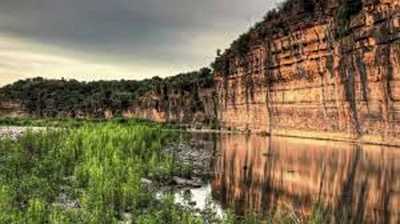
Labeled the “unknown river of Central Texas,” the James River begins in Kimble County and heads northeast to meet the Llano River near Mason. Floods have removed a majority of the trees along the River but it’s still home to several springs, stratified rock canyons, and pools with sunfish and Guadalupe bass. You can view the James River from the granite-gravel James River Road. Dos Rios RV Park (RV and tent sites, cabins, and vintage Airstreams plus kayaks and canoes are available for rent) is one of a few public amenities on the River and during the summer you can take a scheduled weekend tour of the Eckert James River Bat Cave Preserve.
Pease River
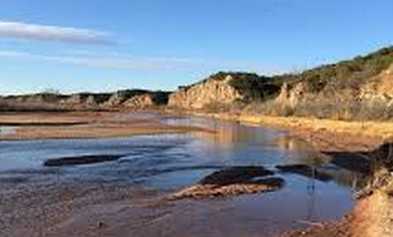
The Pease River begins in far North Texas northeast of the small town of Paduch and it continues to where it empties into the Red River after flowing through rugged ranch land near Vernon. Visitors can access the Pease from the Matador Wildlife Management Area and Copper Breaks State Park. From the bridge on Cottle County Road 104 you can walk down to wide sand bars, braided streamlets, and high white bluffs with several overhangs and caves. Copper Breaks State Park is excellent for hiking, biking, swimming, camping, and paddling.
Nueces River
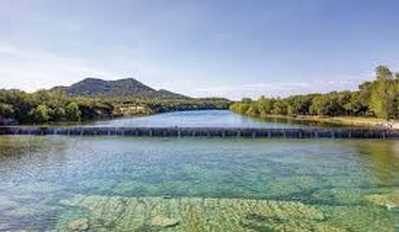
According to Texas Highways, hardly anyone talks about the Nueces River and it “may just be the prettiest body of water in Texas and the last of the pristine rivers in Texas!” The water is brisk, clear with almost unlimited visibility, and occasional strands of hackberry, sycamore, oak, and pecan. Near Camp Wood is a 15 foot deep swimming hole with sparkling clear water. There are several lodging options and outfitters in Nueces Canyon
Pecos River
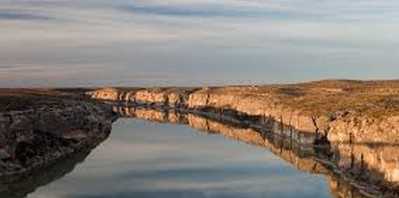
The Pecos River (famous in the folklore of the frontier) originates in north-central New Mexico and flows into Texas from it’s headwaters on the eastern slope of the Sangre de Cristo mountain range (elevation over 12,000 feet) north of Pecos, NM. The river flows through rugged granite canyons and waterfalls, and passes small, high-mountain meadows for 926 miles before reaching the Rio Grande near Del Rio. 20.5 miles of the Pecos River from its headwaters to the town of Tererroio received National Wild and Scenic River designation – 13.5 miles is designated “wild” and 7 miles is designated “recreational.”
Lower Canyons of the Rio Grande River
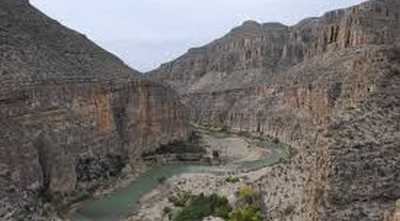
The mighty Rio Grande River is probably the best known of these rivers but the Lower Canyons of the Rio Grande are secluded, silent, remote, vast, and beautiful with dramatic canyons, rocky slopes, and Chihuahuan Desert landscape. The night sky is filled with billions of stars and the Milky Way. The rock sculptures of spires, fingers, needles, and natural bridges project above the skyline and wildlife is abundant with bighorn sheep, canyon wrens, peregrine falcons, and more. The Lower Canyons of the Rio Grande flow through Mexico and Texas from the south eastern tip of Big Bend National Park for 83 miles.
Everybody knows about the Guadalupe, Frio, San Marcos, and Brazos Rivers. However, few people know about these more isolated, secret, scenic, and relatively untouched rivers in Texas which are also fantastic for recreational activities. They are so much fun they provide for fishing, tubing, camping, and swimming. Check out this list of well known Texas Rivers next!